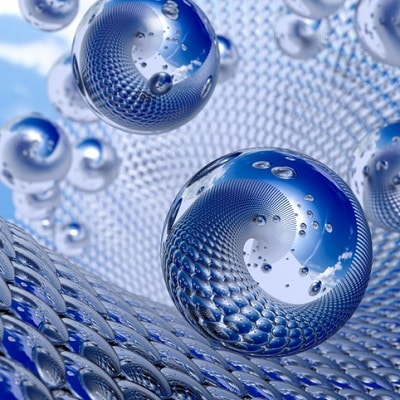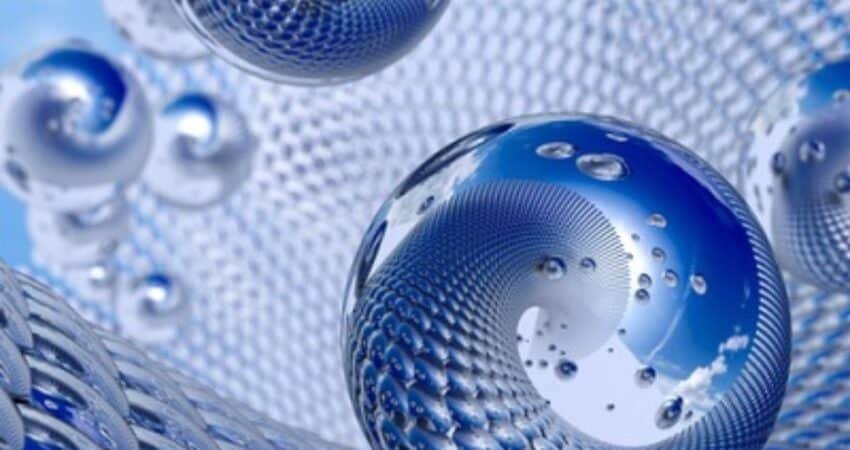- June 10, 2022
- Daniel Pham
Promising Innovations in Metal Finishing Techniques
Although metal finishing is not a new idea in the metal fabrication sector, we have just scratch at the surface of what metal finishing can actually do!

The metal finishing market was worth $95.2 billion in 2020, and experts predict strong future growth. As manufacturing itself grows, producers will have more need for various metal finishing processes. Consequently, advances in the latter have positive ripple effects on the former.
Summary of Metal Finishing Process
Metal finishing often falls towards the end of the manufacturing process. Without them, the metal will appear scratched and incomplete. Finishing techniques offer different advantages, depending on the method you choose.
Many suppliers take a ‘copy/paste’ approach to metal finishes, focusing their creative talents on the construction and making a safe bet on the finishes. However, when it comes to metal finishes, there is no one option, one process or one right answer. Each metal finishing technique offers different capabilities and outcomes; thus it comes down to the type of metal and number of pieces you’re finishing.
Metal finishing covers multiple different processes, but the most common are:
- Anodising
- Powder coating
- Electroplating
- Vibratory finishing
- Heat treating
- Hot blackening

Upcoming game-changers in Metal Finishing
In the past few years, many groundbreaking innovations have pushed the practice further. These advancements are making metal finishing more effective, affordable and sustainable. As consumers and corporations alike demand more from their parts and materials, these practices become increasingly valuable.
1. Hydrophobic and Hydrophilic Prepainted Metal
Prepainted or coil-coated metal involves applying even paint layers before fabrication, ensuring a more even and durable finish. The practice itself has been in use since the mid-20th century, but new technologies have made it more valuable. Some of the most promising of these are hydrophobic and hydrophilic coatings.
As the name suggests, hydrophobic paints repels water. Once applied to a metal pieces, the product repels water, causing it to bead and roll off easily. This property also makes it difficult for other materials to stick to the surface, enabling quick, easy cleaning. Considering how cleaning graffiti costs $12 billion annually, metals with these coatings can lead to substantial savings for companies and public services.
By contrast, hydrophilic coil coating attracts and retains water, which reduces friction. These coatings have become popular for medical devices as they minimize the risk of tissue damage through improved lubrication. They can also protect against corrosion in water pipes by reducing friction with abrasives like salt or other minerals.
2. Nanotech coating
While nearly all modern metal finishes are extremely thin, new technologies have enabled nano-scale coatings. These finishes are between 1 and 100 nanometers thick, while a human hair is 80,000 to 100,000 nanometers wide. This microscopic scale gives manufacturers more control over metal’s properties and can provide desirable qualities with minimal mass increases.
One of the most valuable applications of nanotech coatings is improving durability. Repairing a scratched car can cost as much as $3,500, and traditional scratch-resistant finishes may affect paint color or material thickness. Nano-coatings can make car surfaces resistant to abrasion without compromising their other qualities, thanks to their thinness.
Other nanotech coatings can make metals hydrophobic or hydrophilic, improve electrical conductivity or even make them anti-microbial.

3. Graphene plating
One rapidly growing metal finishing innovation isn’t a new process but a material: graphene. Graphene is a single layer of carbon atoms, making it the thinnest material known to humans, and has many remarkable properties. It’s 200 times stronger than steel, has excellent electrical and heat conductivity and is highly flexible.
Plating metals with various graphene-based materials can give many products and parts these properties. For example, graphene can make metals resistant to chemical, heat and moisture corrosion, ideal for vehicles or industrial applications. Similar properties can help make medical devices more durable and sanitary.
As the renewable energy market expands, graphene plating in solar cell production becomes more valuable. These platings could be the key to making more efficient, flexible solar panels for more varied applications.
Finishing Innovations Promise Substantial Improvements
Few metal products reach their final form without some type of finishing. These innovations ensure that manufacturers can provide the best metal products possible and achieve them with minimal costs.
As more facilities implement these technologies and techniques, metal finishing will advance further. New possibilities will emerge, leading to better products and more optimized processes.


